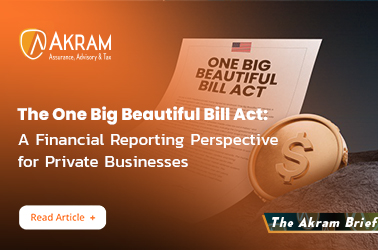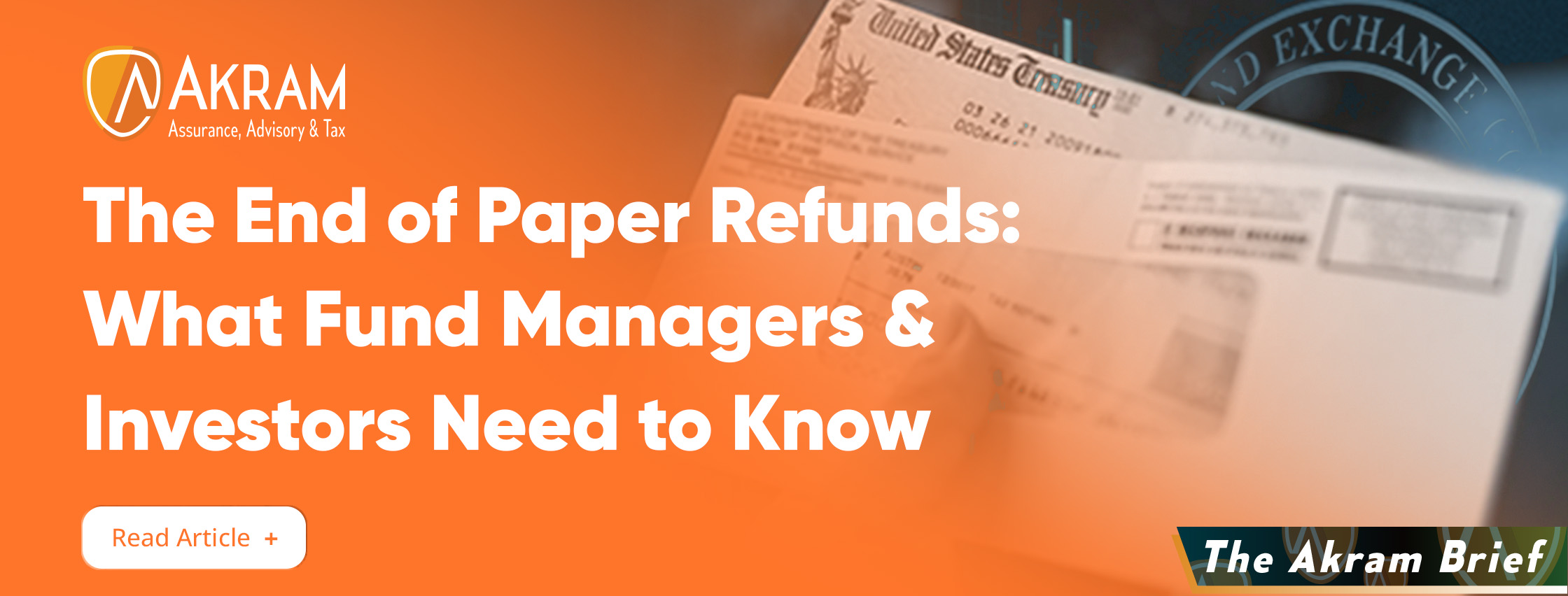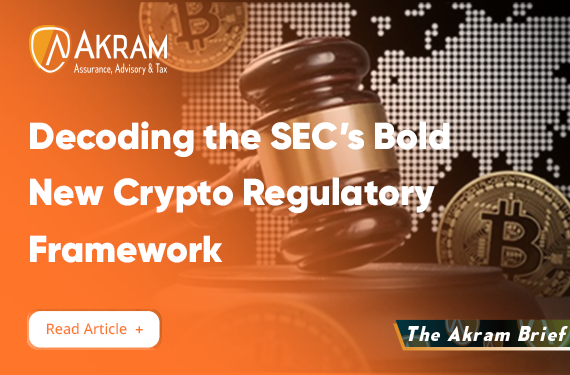Why Seeding Might Be An Option Worth Considering For Emerging Private Equity General Partners
Why Seeding Might Be An Option Worth Considering For Emerging Private Equity General Partners
Law firm Seward & Kissel published a new report recently that suggests that seeding in the private equity world is on the rise.
I can’t say I’m surprised. We see seed deals with some of the emerging hedge fund managers that we work with – it’s something that’s gone from being akin to ‘persona non grata’ years ago to being seen as a benefit. Not only does it help hedge funds get to that almost now-mythical three-year track record, but it supports the necessarily relentless capital raising efforts that come with operating an open-ended investment fund in the sense that it reassures new potential investors, and that benefit also translates to the buyout space.
It's not quite the same in PE, of course. Operating a closed-ended fund means that, as soon as it reaches final close, the asset raising efforts can take something of a back seat, with the client’s capital locked up for perhaps a decade or so. But the benefit of getting an early backer with more ‘skin in the game’ certainly helps the initial fundraising as a GP hurtles towards the first close.
The main benefit of going the seeding route that I see for private equity GPs is that it is another arrow in the manager’s ‘institutional ready’ quiver. It’s a term you hear all the time at conferences, in the trade press, and I discussed it myself in a previous post on the Akram Brief, when referring to the SEC’s new Form PF rules. By aligning with a seed investor, that can be a selling point to larger potential LPs that the manager is taking a long term approach to running their business more effectively which of course, benefits the LP as well.
I wouldn’t be surprised if, next year, the report shows even more activity in buyout GP seeding. Some of that I’d imagine will be cyclical – the current challenges in the PE fundraising space (Pitchbook says that global PE fundraising is down -15.8% year on year) means that LPs currently have more bargaining power in terms of getting seeds over the line – but also I think some of it is longer-term, a consequence of the increased competition in the space highlighting the need for some GPs, particularly the newer ones, to take a more flexible approach to the economics of their LP relationships.
Whether or not seeding activity in the private equity space ever becomes as significant as in the hedge fund space obviously remains to be seen. But what is certain is that competition in the private equity space has rarely been higher than it is now, and, for independent sponsors looking to launch their first fund, or even an existing PE firm looking at a second fund, the seeding option is one way to support the journey to being ‘institutional ready’.







